Abstract:
A solar-electric propulsion mission profile with Earth gravity assist is considered which differs from more conventional mission designs by letting the thrust phase preceding the Earth swingby be inclined with respect to the ecliptic. The thrust acceleration is oriented normal to the orbit plane thus adding inclination without increasing the 1-AU solar distance. The out-of-ecliptic mission phase serves to accumulate a major relative velocity increase, directed normal to the spacecraft’s orbit plane as thrust time progresses. This effect is essential to gaining greater effectiveness of the subsequent Earth swingby maneuver that converts this relative velocity component to the desired outbound direction, e.g., in missions to Jupiter or other outer planets. This mission profile considered here offers considerable flexibility in the selection of launch dates and simplifies a trade between mission duration and solar-electric power. An initial inbound thrust phase in outbound missions is avoided, and thereby, the spacecraft design is simplified. The paper describes the various characteristics of the modified mission profile that differ from the conventional profile and shows the respective advantages that are due to these modifications. It shows that the out-of-ecliptic thrust phase, in combination with Earth swingby, offers considerably greater flexibility in the overall mission profile design which, in turn, relieves launch date constraints and simplifies thrust vector control requirements. These factors have not been sufficiently explored as yet in previous contributions to the electric-propulsion mission and system design literature.
Download “Solar-Electric Planetary Missions With An Initial Out-Of-Ecliptic Thrust Phase”
Meissinger, H.F., S. Dawson. Journal of Spacecraft and Rockets, Vol. 38, No. 2, pp. 243–248. March–April 2001.
